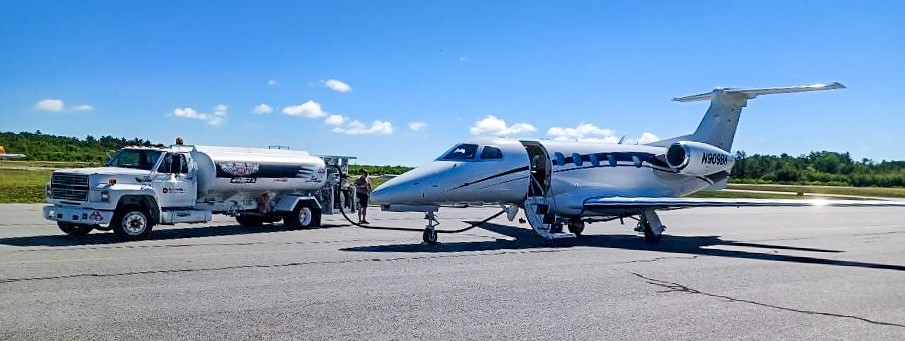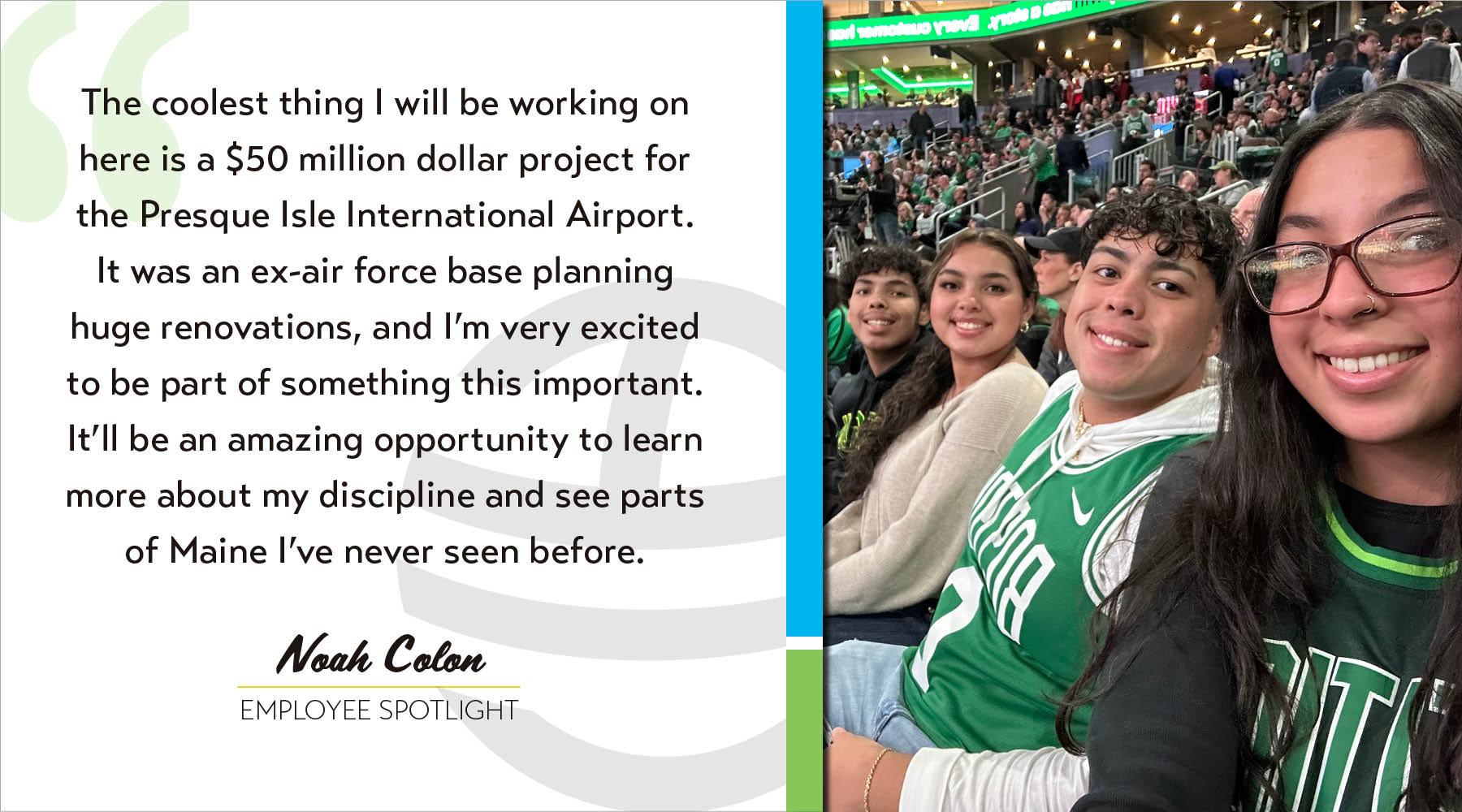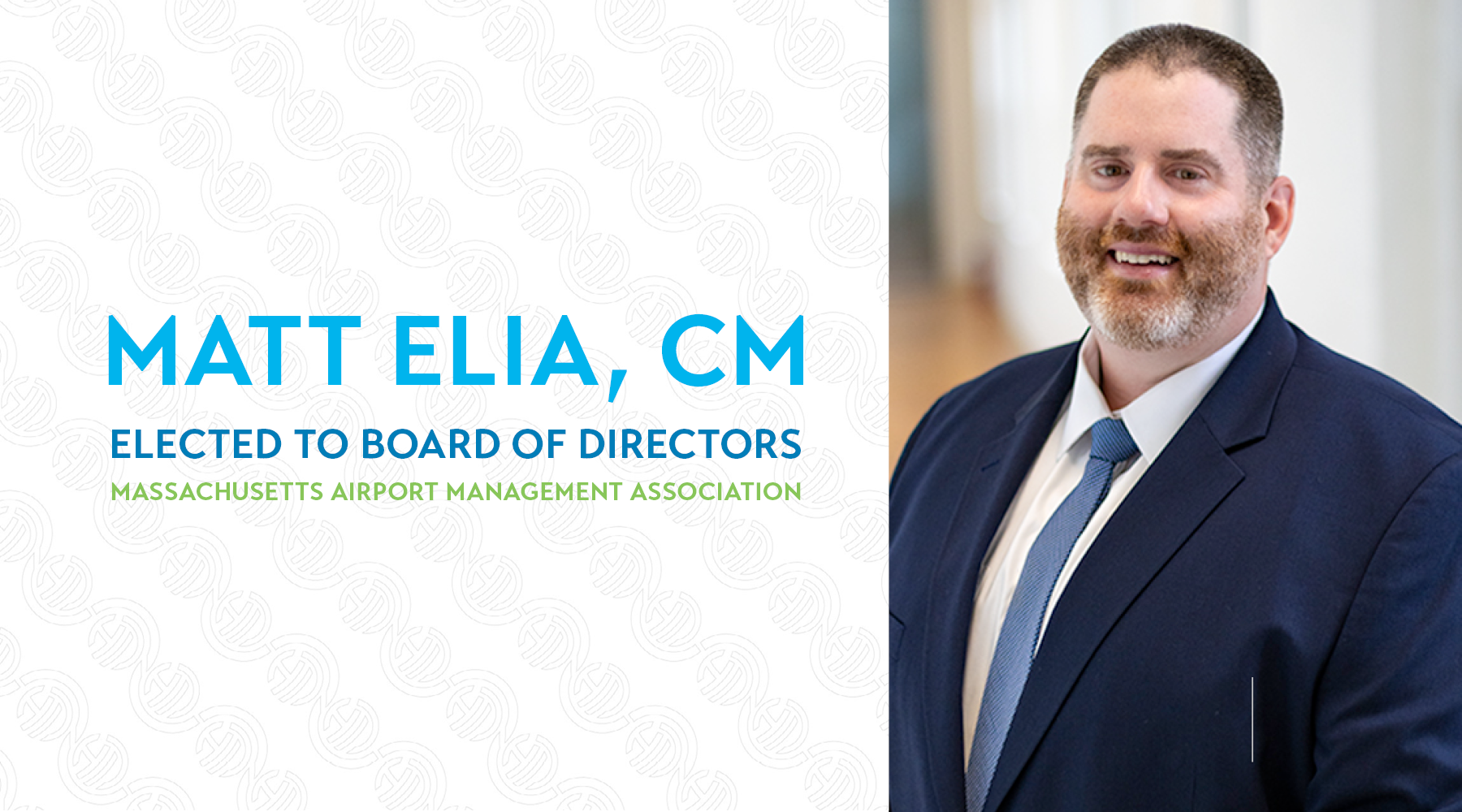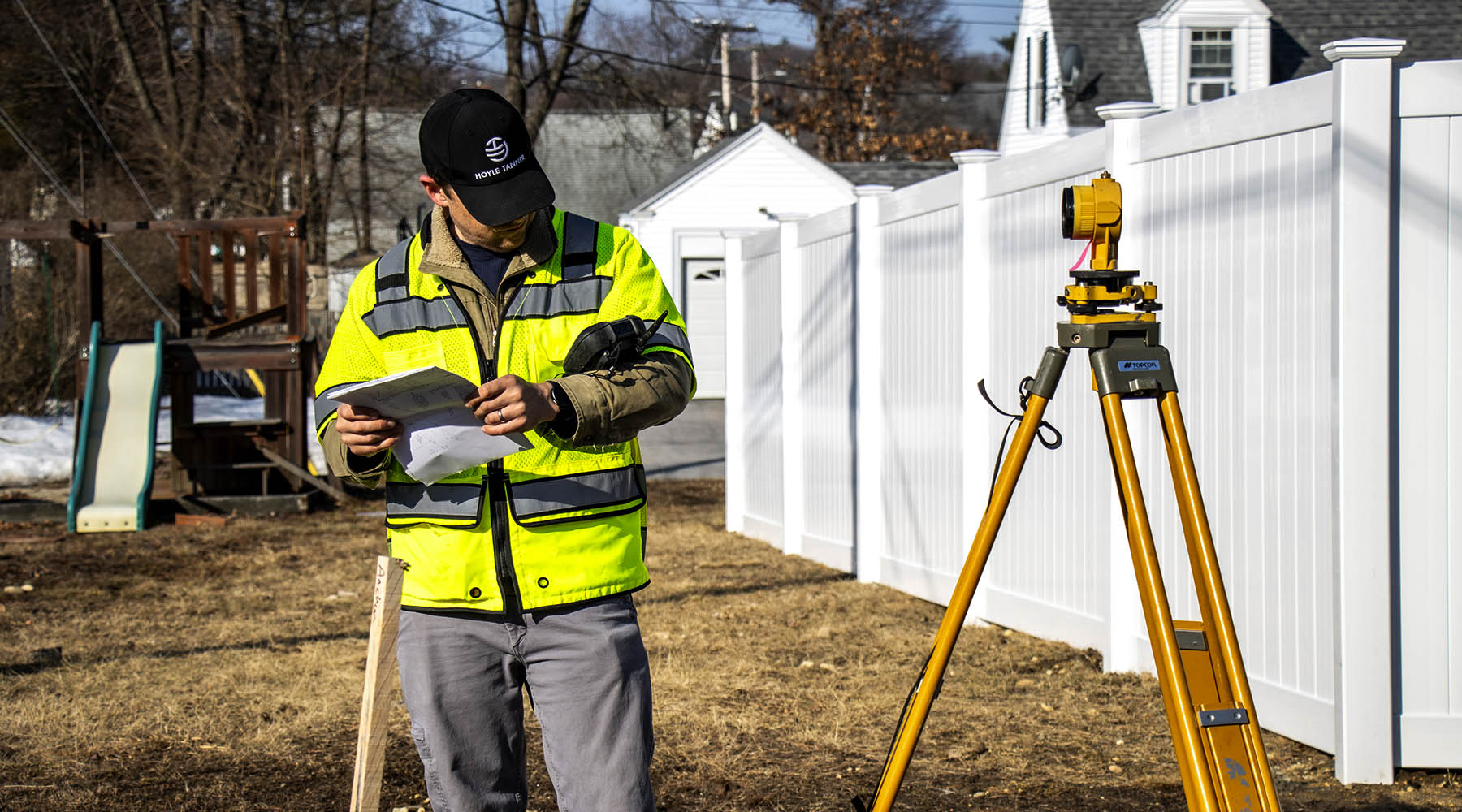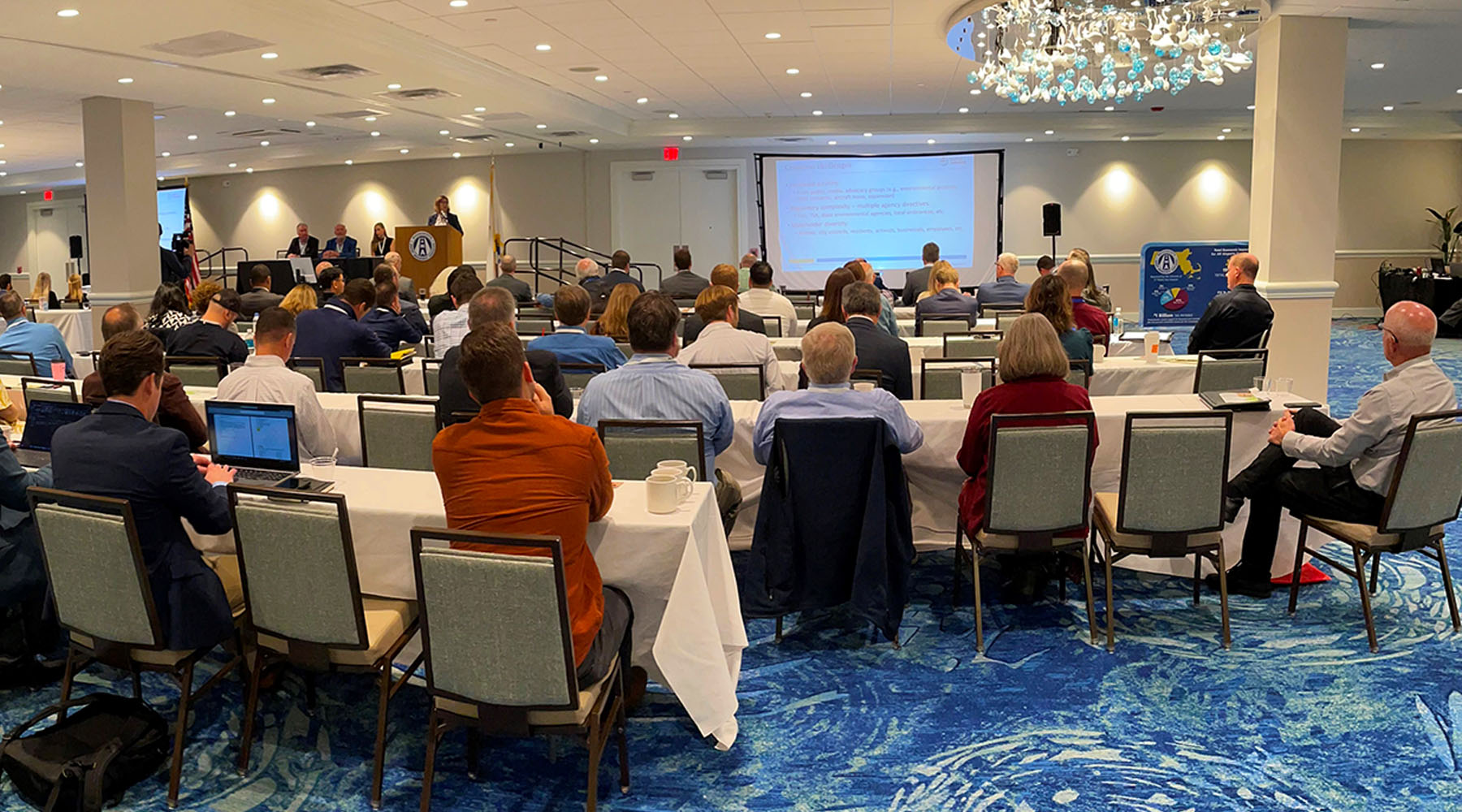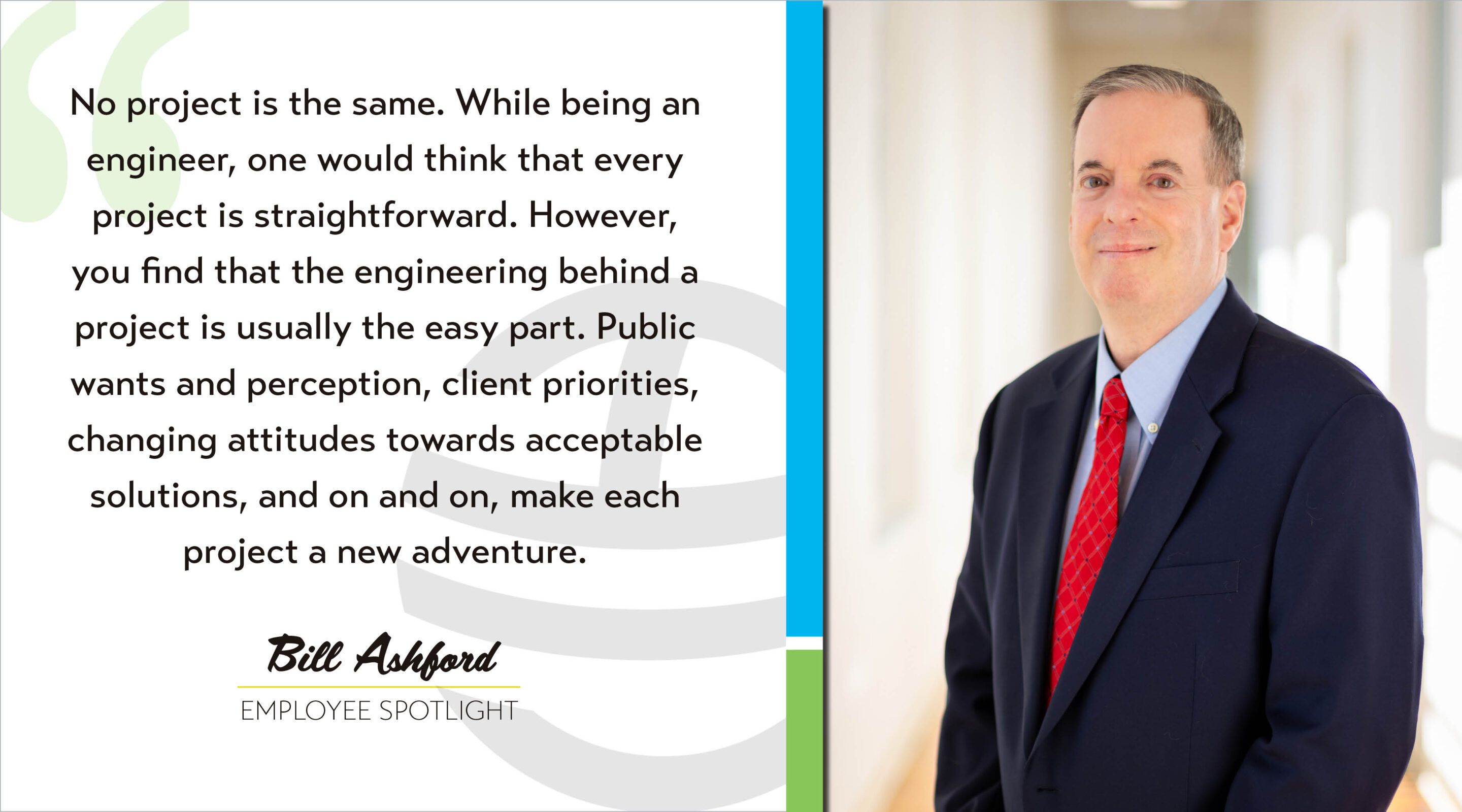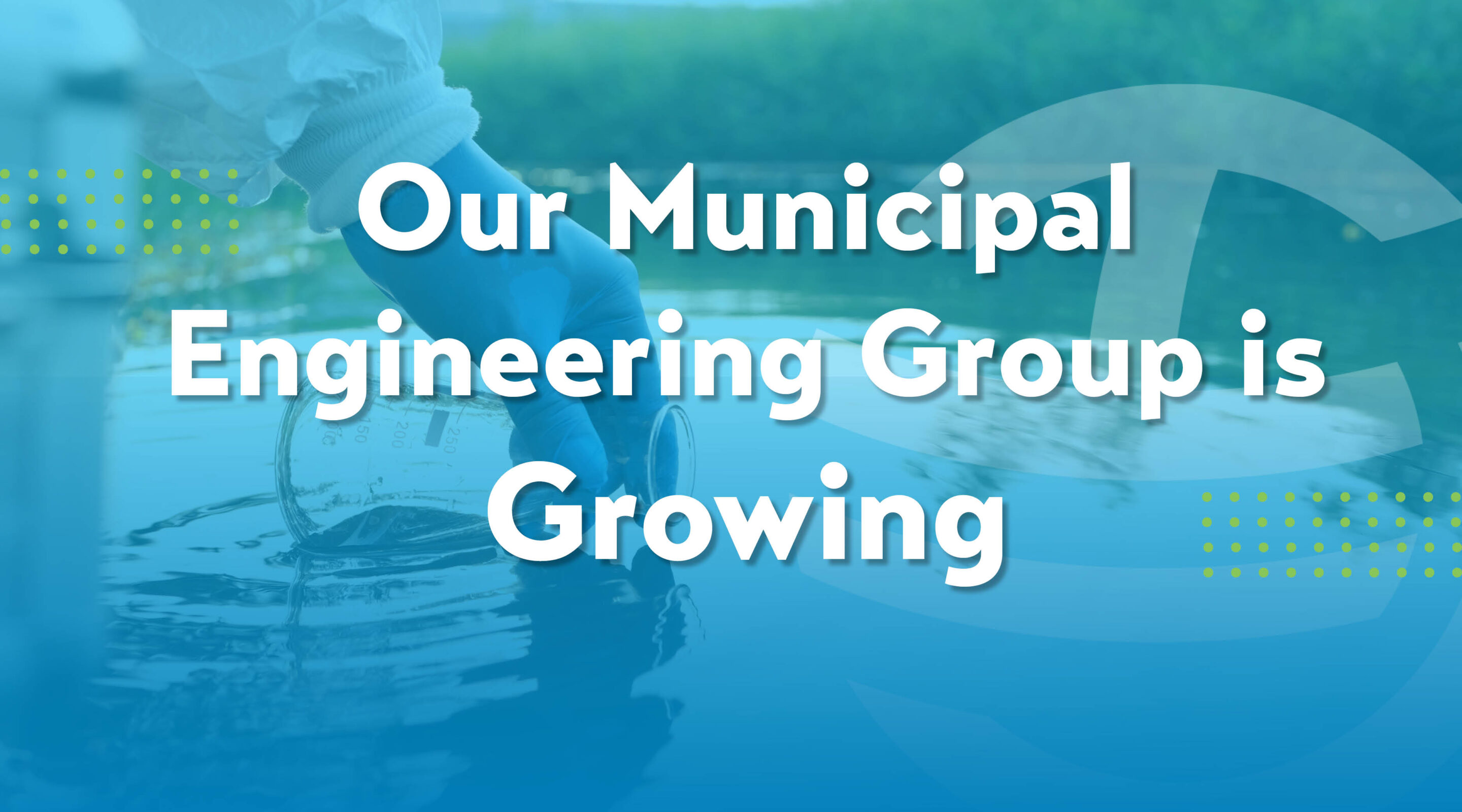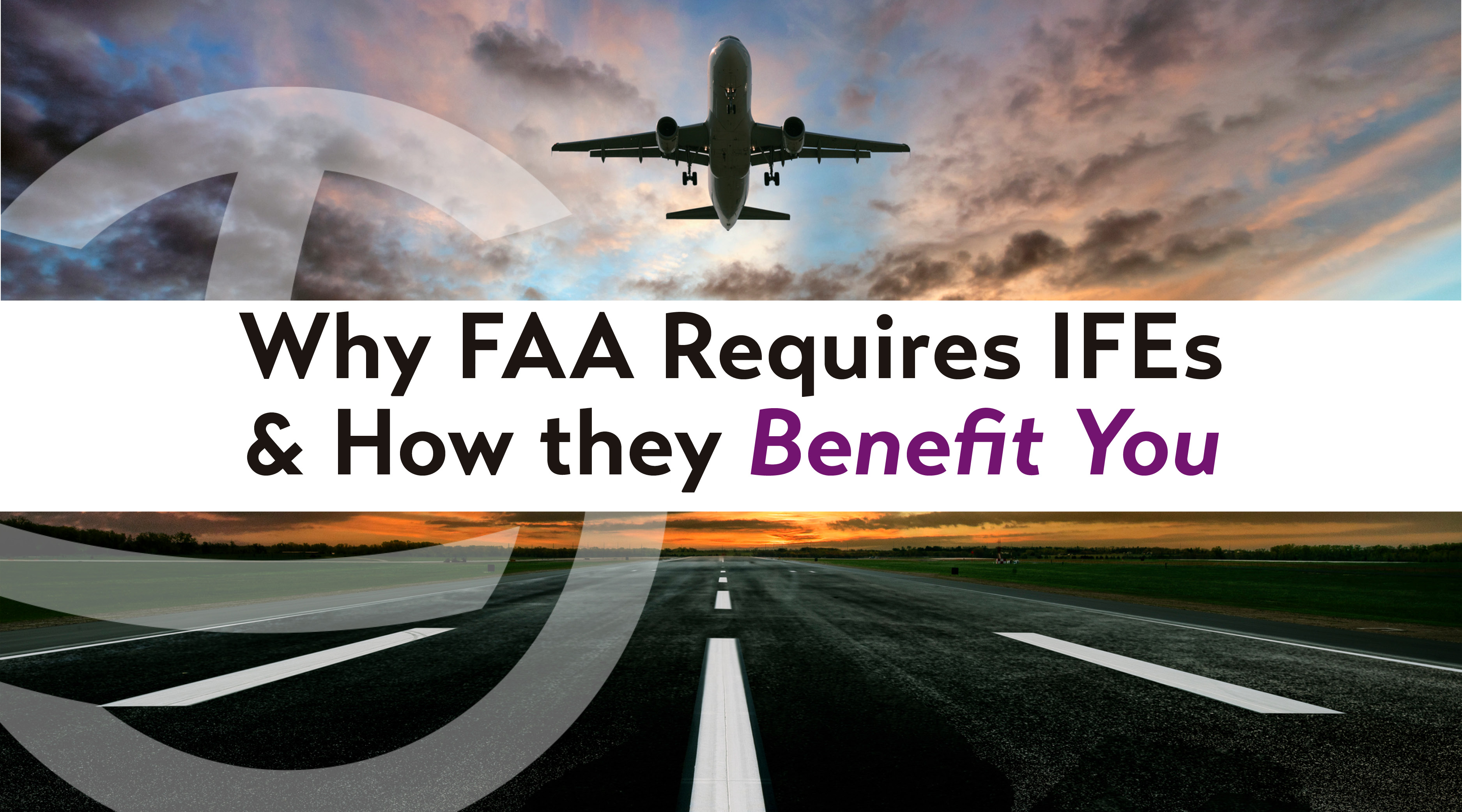
Most everyone has gone through the sometimes-agonizing process of reaching out to different companies or service providers to get price estimates ahead of a major purchase. If you are like me, sometimes your analysis can go a little overboard with multiple spreadsheets and rankings with the goal being to determine if I am getting a good deal. Whether your process is simple or complicated, the practice of obtaining more than one price for a service is highly recommended. Professional services such as architectural and engineering consulting and design are no exception to this rule and the Federal Aviation Administration has a methodology in place to help sponsors ((a recipient of an Airport Improvement Plan (AIP) grant)) obtain fair and reasonable fees.
What Is an Independent Fee Estimate (IFE)?
An Independent Fee Estimate or IFE is normally required by FAA for planning, design, construction or administration services. FAA requires a sponsor to perform a price or cost analysis for every architectural/engineering contract as outlined in 2 CFR Part 200 (Uniform Administrative Requirements, Cost Principles, and Audit Requirements for Federal Awards). An IFE is a detailed assessment of the cost of professional services required for a specific project, conducted by an independent entity that is not affiliated with the design or engineering firm bidding on the project. The selected firm cannot be on the pre-selection short list for the project and cannot be considered for performing this work in the future once they perform the IFE. The purpose of the IFE is to provide an objective benchmark against which the sponsor can evaluate proposed fees submitted by consultants or contractors.
Hoyle Tanner has experience performing IFEs for various project types and usually completes IFEs within a week. Last year, our company completed over 25 IFEs for airports across the United States, helping them stay compliant with FAA grant assurances.
Why Does FAA Require IFEs?
FAA’s requirement for IFEs stems from its commitment to ensuring that federal funds are used in a responsible, fair and reasonable manner. FAA has a fiduciary responsibility to ensure that its grants are spent efficiently. IFEs provide a mechanism for tracking and validating costs, enhancing oversight. The IFE helps in promoting fair competition, eliminating conflicts of interest, supporting accountability, and ensuring compliance with federal regulations.
Another key reason for requiring an IFE is to equip the sponsor with a tool that can be used during negotiations with the firm. IFEs help ensure that the negotiation process between sponsors and consultants is fair and based on reasonable cost expectations. By providing an independent benchmark, sponsors can avoid overpaying for services.
How Is an IFE Conducted?
The level of analysis required varies based on the details of the contract; the main differentiator is in the value of the contract awarded. Contracts less than $100,000 can simply be compared with similar projects at your airport or another airport. Contracts anticipated to be greater than $100,000 require a detailed fee/cost analysis be completed. The IFE should consider direct labor work hours, labor rates, general and administrative overhead, non-salary expenses and a reasonable profit. Although the IFE can be done in-house by the sponsor’s staff, sponsors typically engage the services of another firm to perform this work. The key steps in completing an IFE include:
- The sponsor engages the services of an independent firm that is qualified and experienced in providing services requested in the scope of work for the project.
- The sponsor provides a detailed scope of work for the project, and this serves as the basis for the cost estimate. This step is necessary as it allows the independent firm to understand the specific services being requested. The scope of work should also be accompanied by a project sketch for applicable project types. The project sketch will allow the estimator to orient themselves with the project location and can help depict the scale of the project.
- The independent firm prepares the estimate using industry-standard methods, historical data, current market conditions, and industry experience to prepare a detailed cost breakdown.
- The estimate is then provided to the sponsor for comparison to the proposal submitted to the project consultant. The sponsor compares the documents looking for discrepancies that seem large and out of scale and uses these as a guide to negotiations or as justification for cost decisions. A general rule of thumb set forth by FAA is for the consultant’s total fee proposal as well as the individual tasks that make up the proposal to be within 10% of the independent fee estimate.
- The last step is for the sponsor to properly document the process by keeping detailed records of the IFE process. This should include any assumptions that have been made as part of the process.
Conclusion
IFEs are a critical part of responsible project management by the sponsor for FAA-funded projects. They ensure that federal taxpayer dollars are spent appropriately, uphold the principles of fairness and transparency, and protect the interests of both sponsors and FAA. By understanding and embracing the IFE process, sponsors not only meet regulatory requirements but also contribute to the overall success and sustainability of their airport improvement projects.
More information on IFEs can be found in Advisory Circular 150/5100-14E Architectural, Engineering, and Planning Consultant Services for Airport Grant Projects or by contacting me or any of our aviation services management staff.


